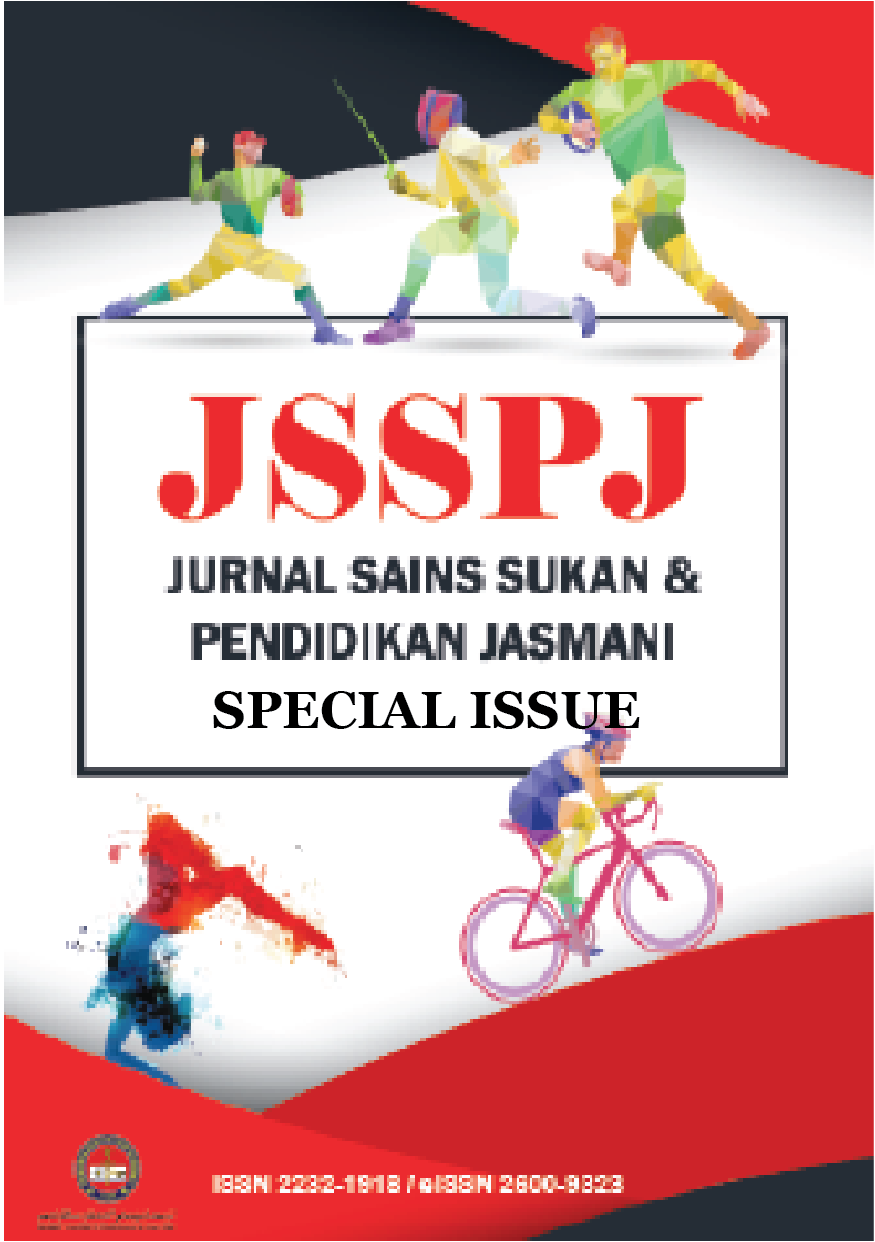Face Validity of the Arabic Letters Writing Assessment Instrument for Children
DOI:
https://doi.org/10.37134/jsspj.vol11.sp.7.2022Keywords:
Early childhood, Education, Handwriting, QuestionnaireAbstract
Historically, Arabic writing was used to spread Islam in Malaysia. Nowadays, Arabic writing has become a part of Malaysia’s national curriculum under Islamic studies subject. Previous studies have shown that many students in school are still having difficulties to master Arabic learning, especially in writing. These scenarios were claimed to be caused by poor teaching skills and also the lack of proper assessment to assess and evaluate Arabic handwriting performance. Hence, there is an urge to find a trustworthy instrument to assess Arabic handwriting, especially among children in early childhood education. Therefore, this study aimed to test the face validity of a newly developed questionnaire for Arabic writing assessment. Face validity assessment was chosen to get the first layer of experts’ review and evaluation on the items constructed in the assessment instrument. A questionnaire using 5-point Likert scale was distributed to 28 experts in Arabic handwriting at different levels of education. The results show that most of the items in the questionnaire are valid to be used to assess children as all experts agreed on the items developed. This is the first pilot study that ensures the basic structure in developing appropriate items in the instrument is good. The results could be used as a verification to support the validation of using this new instrument to assess students’ Arabic handwriting performance.
Downloads
References
Ahmad, S., Othman, H., Afkari, R., Rusdi, M., & Abdul Rahim, M. H. (2012). Cabaran Semasa Tulisan Jawi Sebagai Warisan Masyarakat Peradaban Bangsa Melayu. Journal of Techno-Social, 4(2). Retrieved from https://publisher.uthm.edu.my/ojs/index.php/JTS/article/view/1431
Ahmed, P., & Al-Ohali, Y. (2000). Arabic Character Recognition: Progress and Challenges. Journal of King Saud University - Computer and Information Sciences. 12. 10.1016/S1319-1578(00)80004-X.
Borham, A. J. (2012) Tulisan Jawi: Tulisan Serantau. In: Seminar Jawi dan Teknologi Peringkat Kebangsaan 2012, 18 Oct 2012, Dewan Astaka, Universiti Malaysia Pahang.
Falk, T. H., Tam, C., Schwellnus, H., & Chau, T. (2010). Grip Force Variability and Its Effects on Children’s Handwriting Legibility, Form, and Strokes. Journal of biomechanical engineering. 132. 114504. 10.1115/1.4002611.
Graham, S. (1990). The Role of Production Factors in Learning Disabled Students' Compositions. Journal of Educational Psychology, 82, 781-791.
Graham, S., & Weintraub, N. (1996). A review of handwriting research: Progress and prospects from 1980 to 1994. Educational Psychology Review. 8. 7-87. 10.1007/BF01761831.
Graham, S., Harris, K.R., & Fink, B. (2000). Is handwriting causally related to learning to write? Treatment of handwriting problems in beginning writers. Journal of Educational Psychology, 92, 620-633. 10.1037//0022-0663.92.4.620.
Hamstra-Bletz, L., & Blote, A. (1994). A Longitudinal Study on Dysgraphic Handwriting in Primary School. Journal of learning disabilities. 26. 689-99. 10.1177/002221949302601007.
Kementerian Pelajaran Malaysia (2017). Kurikulum Standard Prasekolah Kebangsaan Semakan 2017. Putrajaya : KPM
Mat Diah, N., & Mat Zin, N. A. (2016). Tracing Activity Engine for Learning Writing the Jawi Character. Asia-Pacific Journal of Information Technology and Multimedia, 5(1), 61-69. doi:10.17576/apjitm-2016-0501-06
Mat Diah, N., Ismail, M., Abdul Hamid, P. M., & Ahmad, S. (2012). A Development of a Computer-Assisted Software (AJaW) That Encourages Jawi Writing for Children. Education. 2. 130-135. 10.5923/j.edu.20120205.04.
Mohd Rashid, N. A., Md Salleh, S., & Md Noor, N. (2018). The Role of Game Elements in Improving Jawi Skills through a Mobile Game 'G-Jawi'. International Journal of Interactive Mobile Technologies (iJIM). 12. 20. 10.3991/ijim.v12i7.9636.
Nahar, N., & Safar, J. (2016). Amalan Pengajaran Jawi dalam Pendidikan Masa Kini: Suatu Tinjauan. TAMU Journal, 2, 70-85.
Nahm, F. S. (2016). Nonparametric statistical tests for the continuous data: The basic concept and the practical use. Korean Journal of Anesthesiology. 69. 8. 10.4097/kjae.2016.69.1.8.
Pellegrino, J. (2014). Assessment as a positive influence on 21st century teaching and learning: A systems approach to progress. Psicología Educativa. 20. 10.1016/j.pse.2014.11.002.
Reisman, J.E. (1993). Development and Reliability of the Research Version of the Minnesota Handwriting Test. Physical & Occupational Therapy in Pediatrics, 13, 41-55. 10.1080/J006V13N02_03
Rosenblum, S., Weiss, P., & Parush, S. (2003). Product and Process Evaluation of Handwriting Difficulties. Educational Psychology Review. 15. 41-81. 10.1023/A:1021371425220.
Downloads
Published
Issue
Section
License
Copyright (c) 2022 Nur Aini Sunar Too @ Ismail, Diyana Zulaika Abdul Ghani, Halijah Ibrahim

This work is licensed under a Creative Commons Attribution-NonCommercial-ShareAlike 4.0 International License.





